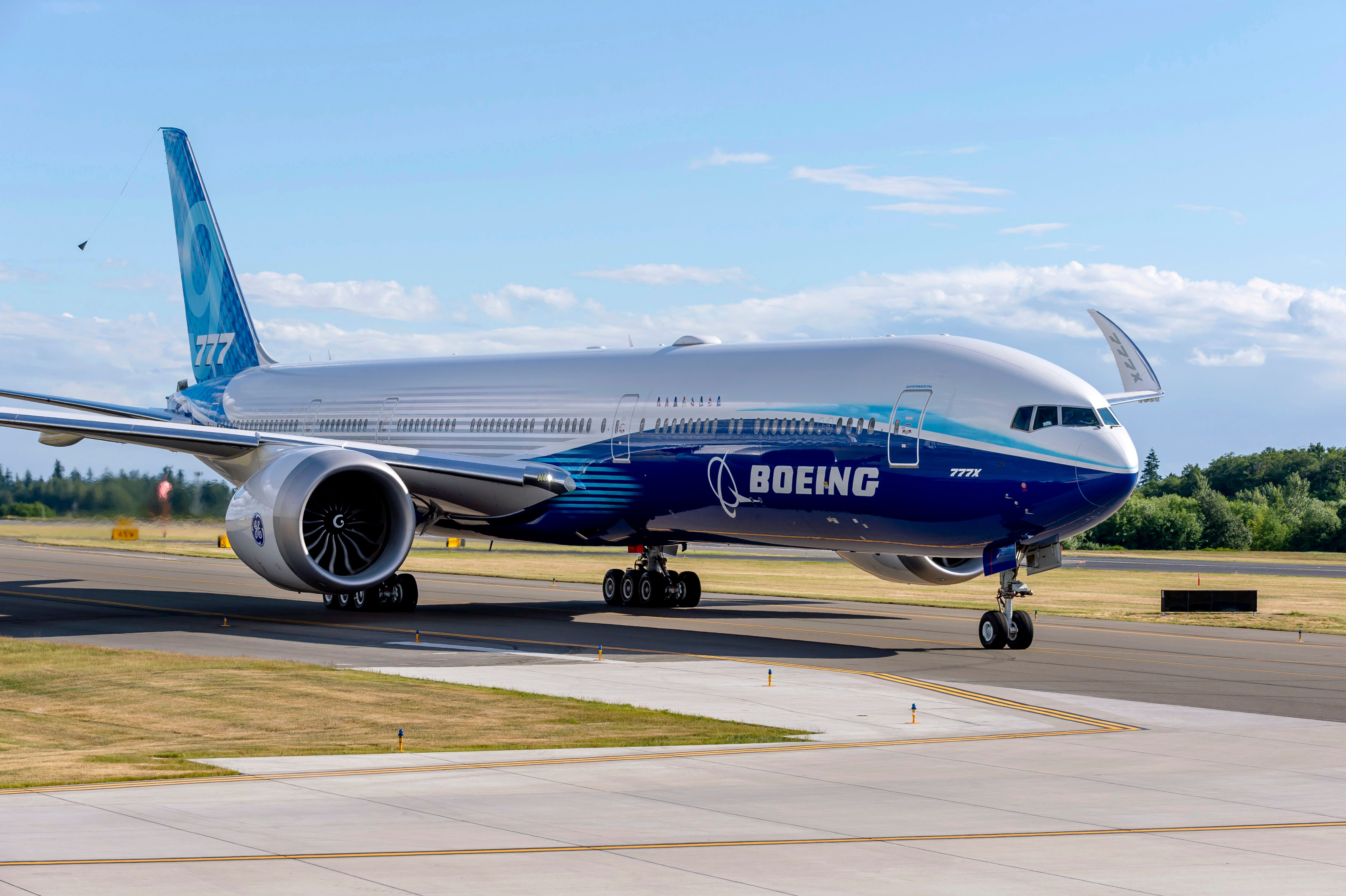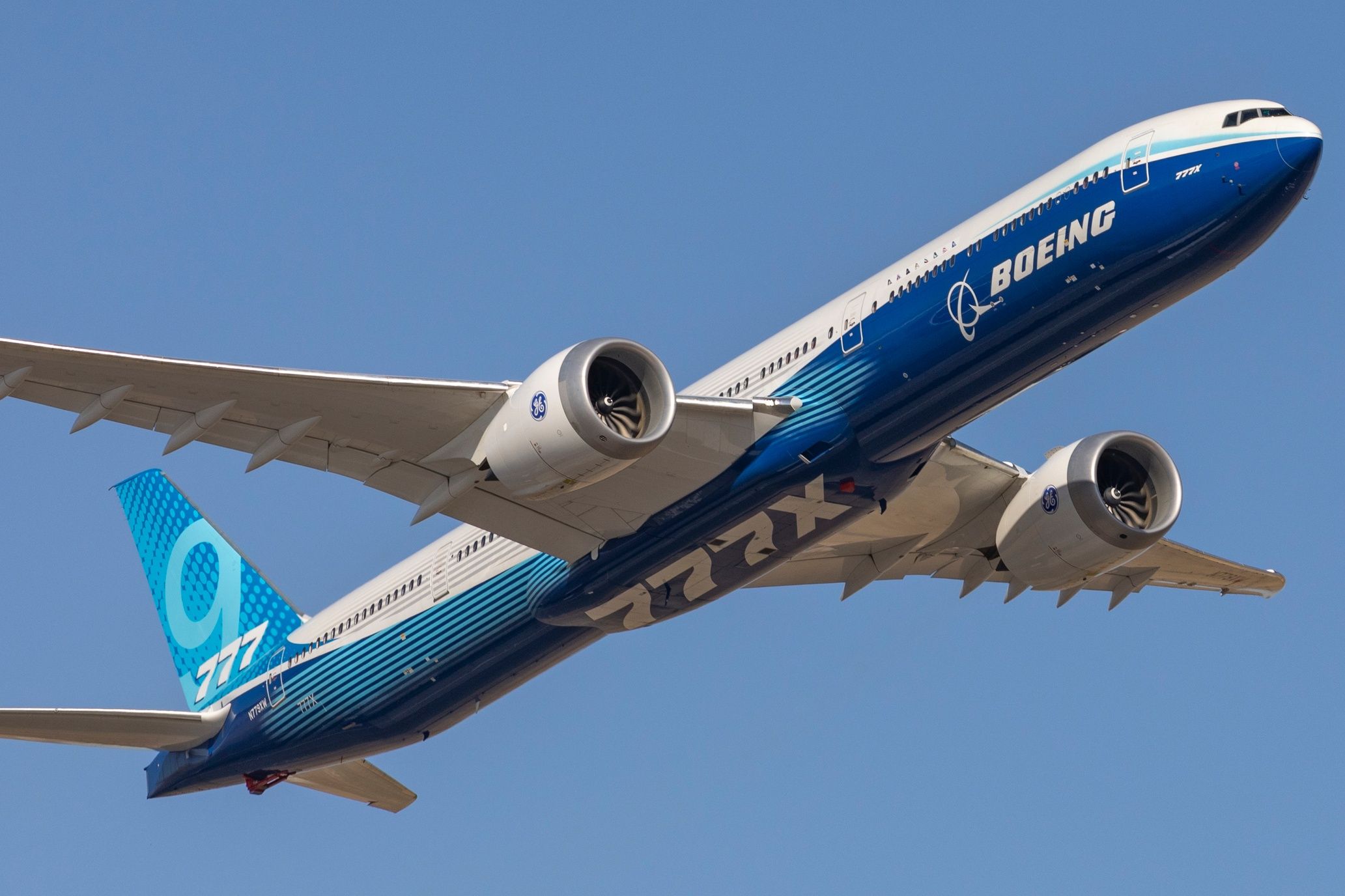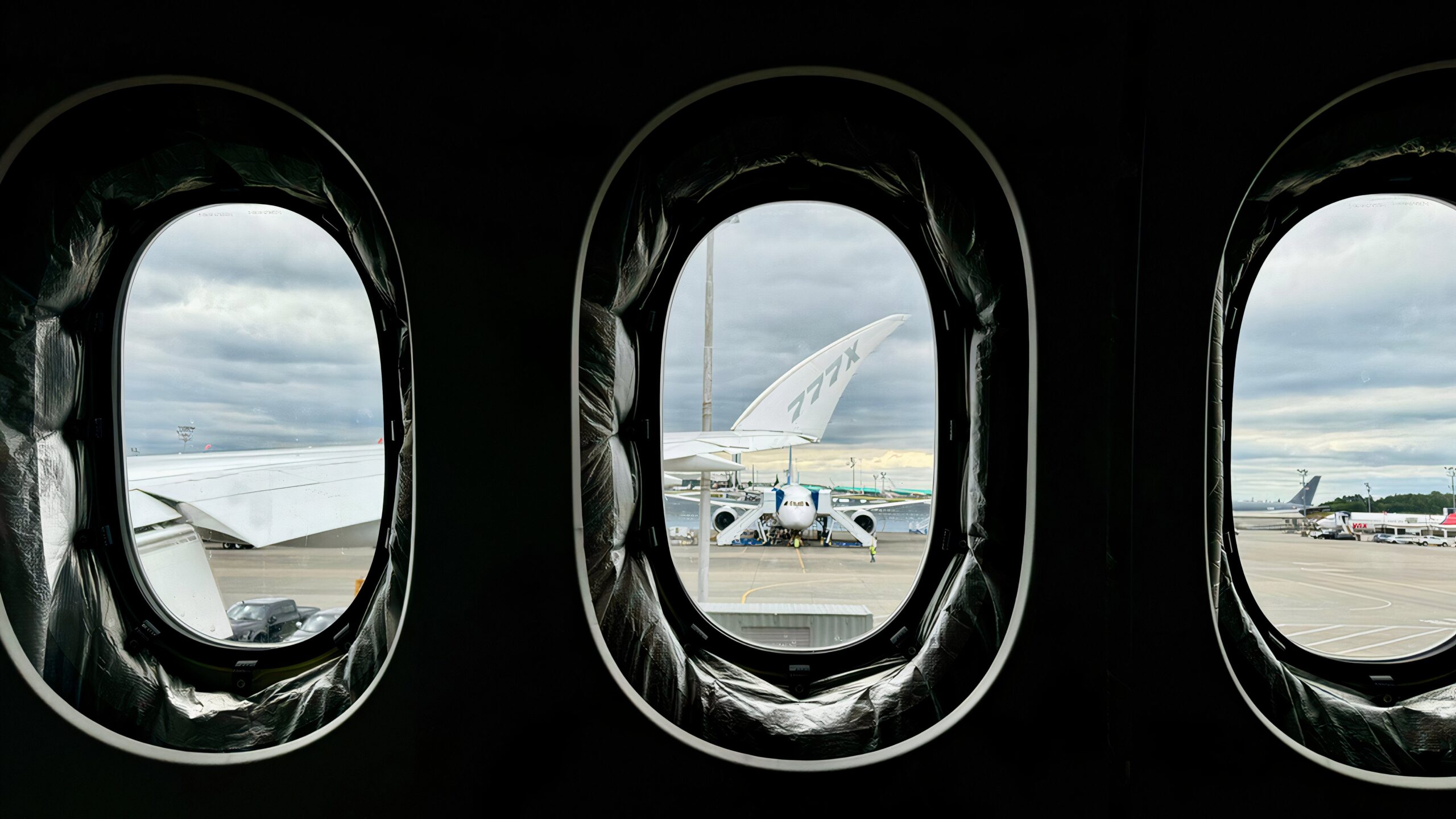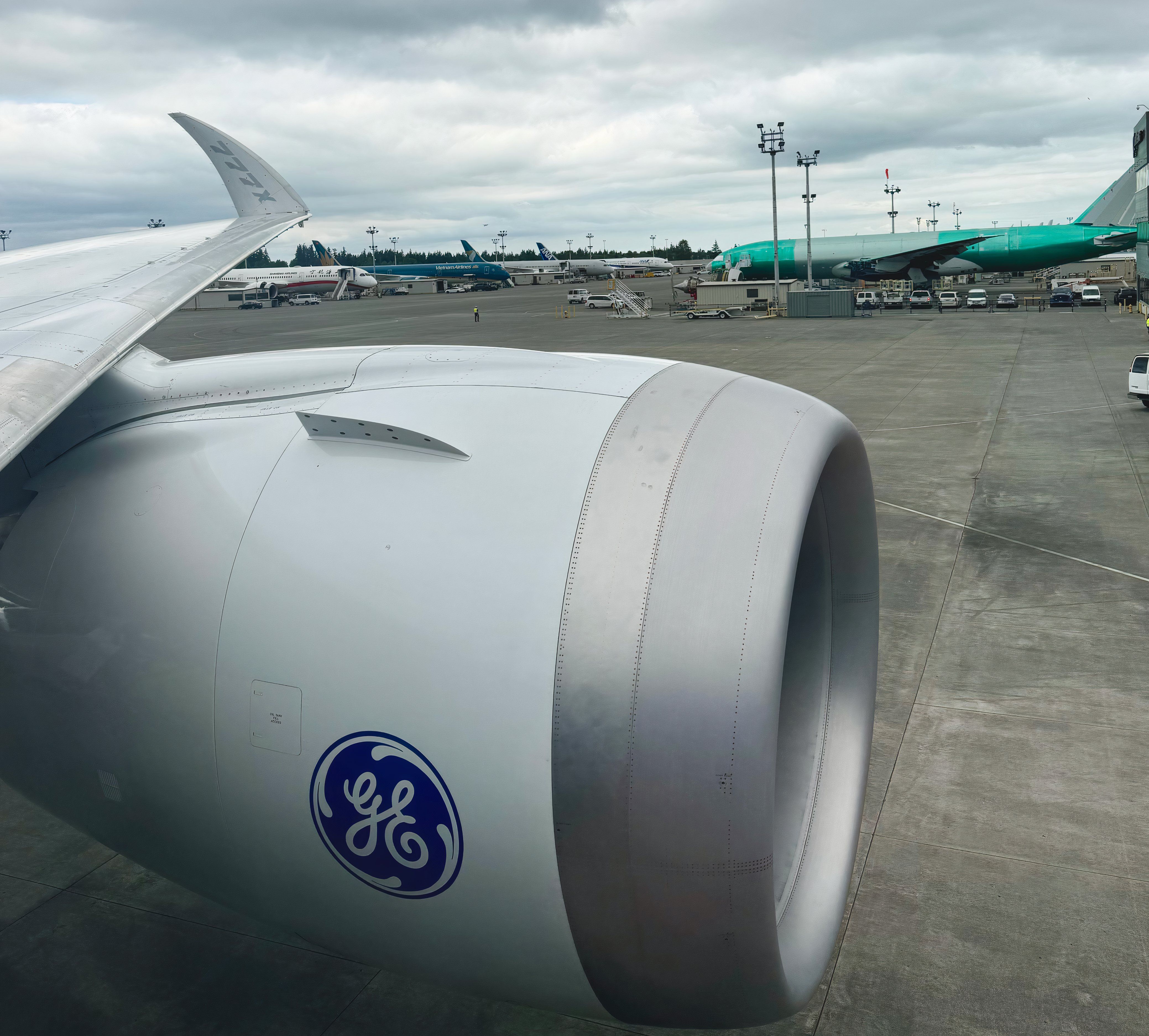Summary
- Boeing’s 777X aims to be the next flagship aircraft with three variants, folding wingtips, and a spacious cabin.
- The 777X boasts a wider cabin, larger windows, interior design upgrades, and advanced technology, ensuring a passenger-focused experience.
- Pilots will benefit from the latest cockpit capabilities, seamless integration with existing fleets, and a focus on commonality for ease of operation.
US aircraft manufacturer Boeing is officially in the process of testing its upcoming flagship widebody for entry into commercial service. Designed as a replacement large twin-aisle aircraft such as the Boeing 747 Airbus A380, the Boeing 777X is now the largest passenger aircraft being produced, with the first deliveries penciled in for next year.
What does it take to win?
Instead of creating a brand new aircraft to replace its iconic 747, Boeing decided to iterate on its 777 lineup, which remains the best-selling widebody aircraft of all time with over 2,000 orders. The 777X was first announced in 2013, and flight tests with the Federal Aviation Administration (FAA) began earlier this month for its official certification for entry into commercial service.

Related
The Boeing 777X Vs The 777-300ER – What Is The Difference?
The Boeing 777X entry into service has faced several delays.
Over the intervening years, Airbus successfully entered its A350 into service, which offers the most direct competition in the long-haul space. However, as demand increases and supply chain shortages remain, both manufacturers have been forced to innovate to stay competitive as airlines look to refresh their fleets. For Boeing’s Brad Till, this aircraft will be its next flagship aircraft, a sentiment it hopes to share with its airline customers.
“The focus of this airplane and the capabilities it brings will make it the next flagship in commercial aviation.”
The 777X will be offered in three variants, much like the Boeing 787 Dreamliner. The first to see service will be the 777-9, the largest of the three, with around 35 more seats than today’s triple 777 300-ER with a similar range. It will be followed by the 777-8 and its cargo version, the 777XF, which will be smaller but feature around 1,500 nautical miles more range capability.
The A350, meanwhile, has two models (-900 and -1000) and an upcoming modified -1000, which features an extra fuel tank to facilitate nonstop flights from London and New York to Sydney for Project Sunrise.
Squeezing into tight spaces
It is the largest commercial aircraft still in production but can fit into the same airport parking spots as its predecessor. This is thanks to the most recognizable feature of the upcoming aircraft: its folding wingtips. They add around roughly 22 feet of wingspan for a surface area that results in a 5% improvement in aircraft efficiency over competing aircraft and a little bit more than that relative to today’s 777.

Related
5 Reasons The Boeing 777X Needed To Have Folding Wingtips
The Boeing 777X achieves the best of both worlds with the folding wingtips.
Another performance enhancement comes thanks to the bespoke new engines. The 777X will use General Electric’s GE9X engines, which are the largest and most powerful commercial aircraft engines ever built, with a record 134,300 pounds of thrust. The engines also bring about 5% additional specific fuel consumption efficiency over the competition, a reduced fan blade count, and lower noise emissions, with Till noting:
“This aircraft will have the lowest CO2 emissions per seat of any widebody flying. The new engine technology also delivers lower NOx emissions and less noise, both in the cabin for the passenger and for our airport communities, compared to the airplanes that this will replace”.
Photo: Jonathan Hendry | Simple Flying
For reference, the engines are large enough to fit the body of a Boeing 737 inside. The efficiency improvements will not only help Boeing meet its ambitious climate objectives but also provide airlines with long-term fuel cost savings.
Bigger on the inside
Significant steps have also been taken to ensure the aircraft cabin stands out from the competition. Compared to the current 777ER and Airbus A350, the 777X will have the widest cabin. According to Till, this is due to engineering advancements since the 777 originally debuted over 30 years ago:
“We’ve taken the frames of the fuselage and made them a little bit thinner on this airplane to give us four inches or 10 centimeters more width in the cabin versus prior versions of the 777.”
The fuselage changes also provided the opportunity to improve the passenger experience, most notably by connecting the passenger to the outside world. The windows have been increased in size to be significantly larger than the 777-ER and 30% larger than the competing A350.
The overall architecture has also been designed to have more space for passengers’ bags, and quite a few technologies from the 787 have been included in the new model, including advanced filtration systems and a decreased cabin altitude of 6,000 feet at cruising altitude.

Related
Boeing Initiates 777-9 Certification Flight Trials With The FAA
The beginning of certification flights follows the reception of the 777-9’s Type Inspection Authorization (TIA).
The aircraft has also been revamped with an LED lighting system that allows an unlimited number of color combinations. This allows the cabin ambiance to phase from sunrise to sunset or even show a night sky if the airline desires.
What about the pilots?
The focus on seamless integration into existing airline fleets can also be seen in the cockpit. For the 777X, the manufacturer has looked to bring the “latest capabilities for crews in terms of communications, navigation, and surveillance.” This can be seen most immediately in the dual heads-up displays and touchscreen touch capability on the forward screens. The feature first came to the 787 and has been carried over to the new aircraft following feedback from flight crews.
Flight crews are also set to benefit from a redesigned flight crew seat and improvements in humidity and cabin altitude compared to the previous generation. Commonality is another feature Boeing hopes will win over airlines, as the same pilots can potentially fly both the 777X and existing 787 fleets.


